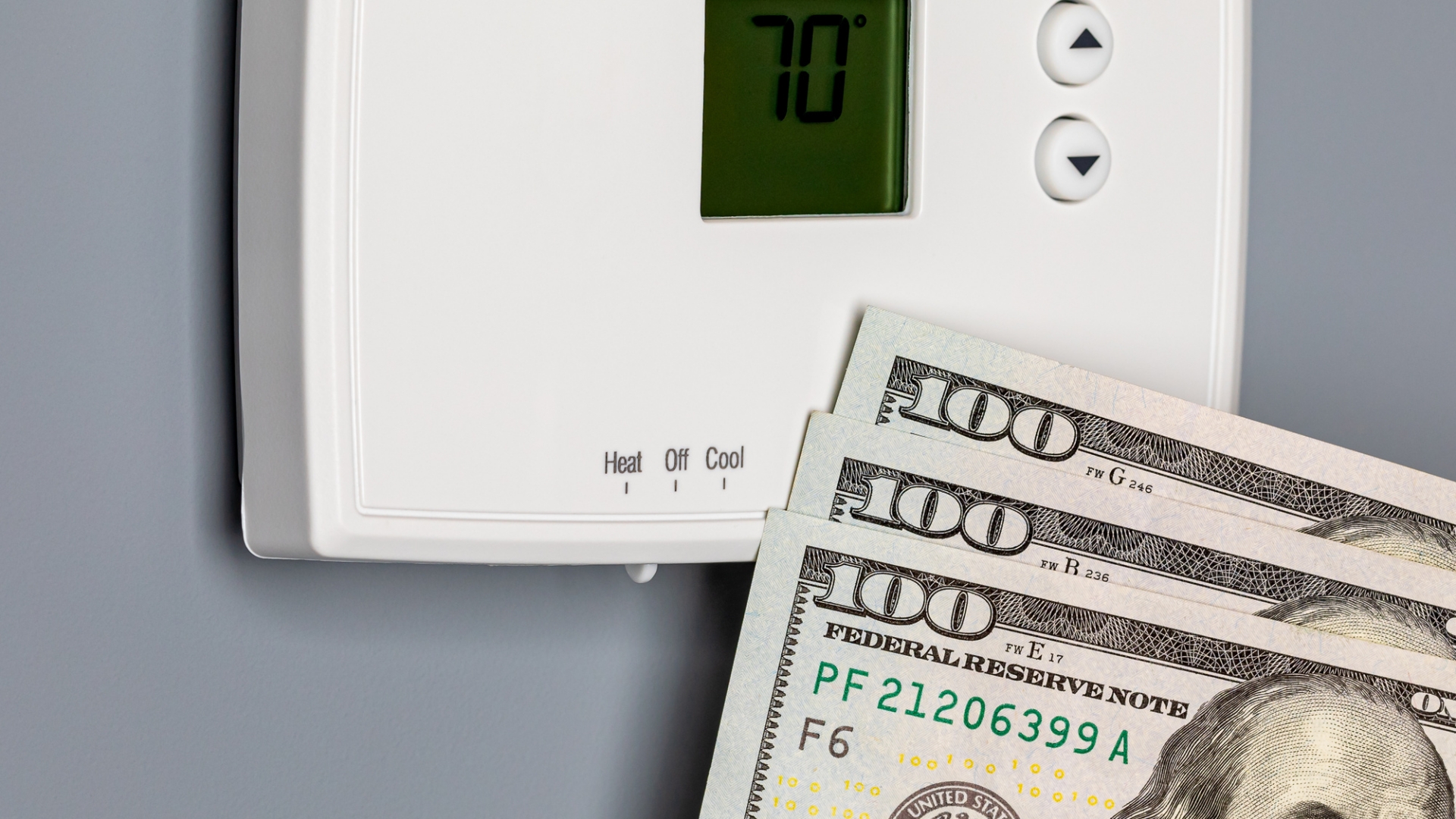Blood spills can occur in various settings, from healthcare facilities and laboratories to homes and public spaces. Regardless of where it happens, cleaning up a blood spill is a crucial task that should be undertaken with the utmost care and attention to detail. Blood carries the risk of infectious diseases, making proper cleanup essential to prevent contamination and safeguard the health of those exposed and it is important to know the detailed guide for cleaning blood spill cleanup. Proper cleanup and sterilization procedures are not only essential for maintaining a safe and healthy environment but also for preventing the potential spread of bloodborne pathogens.
1. Safety First
Prioritizing safety is paramount when dealing with a blood spill. Before delving into the specifics of cleaning up, it’s essential to equip yourself with personal protective equipment (PPE) to minimize the risk of exposure. This includes donning gloves, a mask or face shield, a disposable gown, and eye protection to safeguard against contact with bloodborne pathogens. Furthermore, ensure you have essential items on hand, such as a sharps container for the safe disposal of any contaminated materials and a biohazard bag for the proper disposal of waste.
2. Contain the Spill
When confronted with a blood spill, the initial step is containment. To accomplish this, employ absorbent materials like disposable paper towels, gauze, or spill control pads. Gently position these materials over the spill, enabling them to absorb the liquid without spreading it. It is essential to exercise caution to avoid any further contamination. Subsequently, once the spill has been effectively contained, handle the contaminated materials with care, ensuring their safe disposal into a biohazard bag, following strict protocols to prevent the spread of infectious material.
3. Dispose of Sharps Safely
In the presence of sharps, including needles or broken glass, within the blood spill, it’s imperative to employ tongs or a dustpan to delicately pick them up. These sharps must then be carefully deposited into a designated sharps container intended for safe disposal. Handling sharps with the utmost caution is vital to prevent accidental injuries, as they pose a serious risk during cleanup. Prioritizing safety in the handling of sharps is fundamental to ensuring the wellbeing of those involved in the cleanup process.
4. Pre-clean the Area
Prior to commencing the disinfection process, it is essential to undertake pre-cleaning of the affected area. This involves utilizing a solution consisting of detergent and water to thoroughly cleanse the surfaces that have been in contact with the blood. This preliminary step serves the purpose of eliminating any visible blood stains and debris, thereby creating a cleaner surface. This, in turn, ensures that the subsequent application of disinfectant can work more efficiently, as it is unburdened by the presence of residual contaminants.
5. Choose the Right Disinfectant
Selecting the appropriate disinfectant is crucial for ensuring the sterilization of the environment after a blood spill. It’s recommended to use an EPA-registered disinfectant that is effective against bloodborne pathogens, such as HIV and hepatitis B and C. Some common disinfectants include bleach solutions, hydrogen peroxide, or quaternary ammonium compounds. Make sure to follow the manufacturer’s instructions on dilution and contact time for effective disinfection.
6. Disinfect the Area
After pre-cleaning, apply the chosen disinfectant to the affected area. Ensure that the disinfectant makes contact with all surfaces that were contaminated by the blood. It’s important to maintain the required contact time as specified in the product instructions, typically around 10 minutes. This will allow the disinfectant to thoroughly kill any remaining pathogens.
7. Proper Ventilation
During the disinfection process, ensure that the area is well-ventilated. Open windows or use fans to allow fresh air to circulate and carry away any potentially harmful fumes from the disinfectant. Good ventilation can also help in expediting the drying process.
8. Double-Bag the Waste
After you have disinfected the area and allowed it to air dry, double-bag the waste materials, including any disposable cleaning supplies and contaminated PPE, in biohazard bags. Securely seal the bags to prevent any potential leaks.
9. Properly Dispose of Waste
Dispose of the double-bagged waste in accordance with local regulations for biohazardous materials. It’s essential to follow the proper disposal procedures to ensure the safety of waste handlers and the environment.
10. Final Inspection
Once the area has been thoroughly cleaned, disinfected, and all waste has been properly disposed of, perform a final inspection to ensure that no visible traces of blood or contamination remain. If necessary, repeat the cleaning and disinfection process until the area is entirely free of any potential contaminants.
Final Thoughts
Cleaning up a blood spill is a task that requires meticulous attention to detail, the use of appropriate safety precautions, and the selection of effective disinfectants. By following these ten steps for sterilizing your environment after a blood spill, you can effectively mitigate the risk of exposure to bloodborne pathogens and protect the health of individuals who might have exposure to the impacted vicinity.











